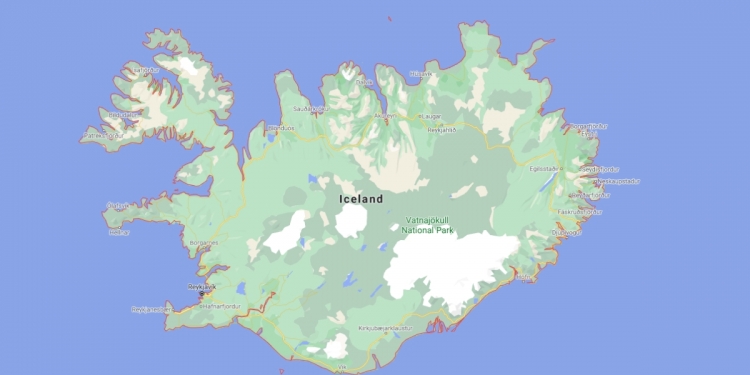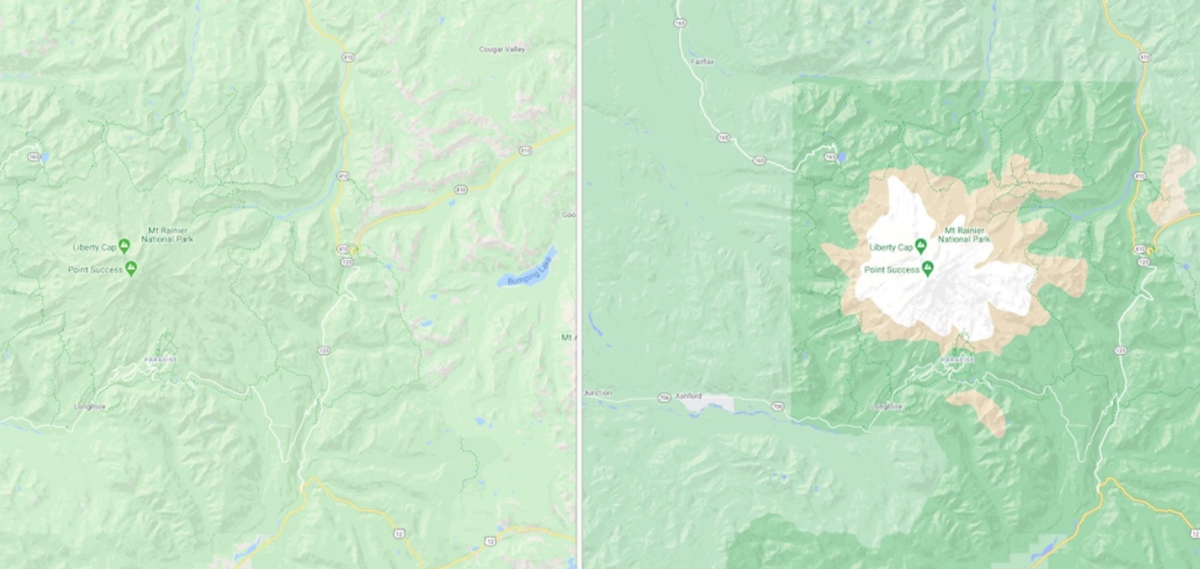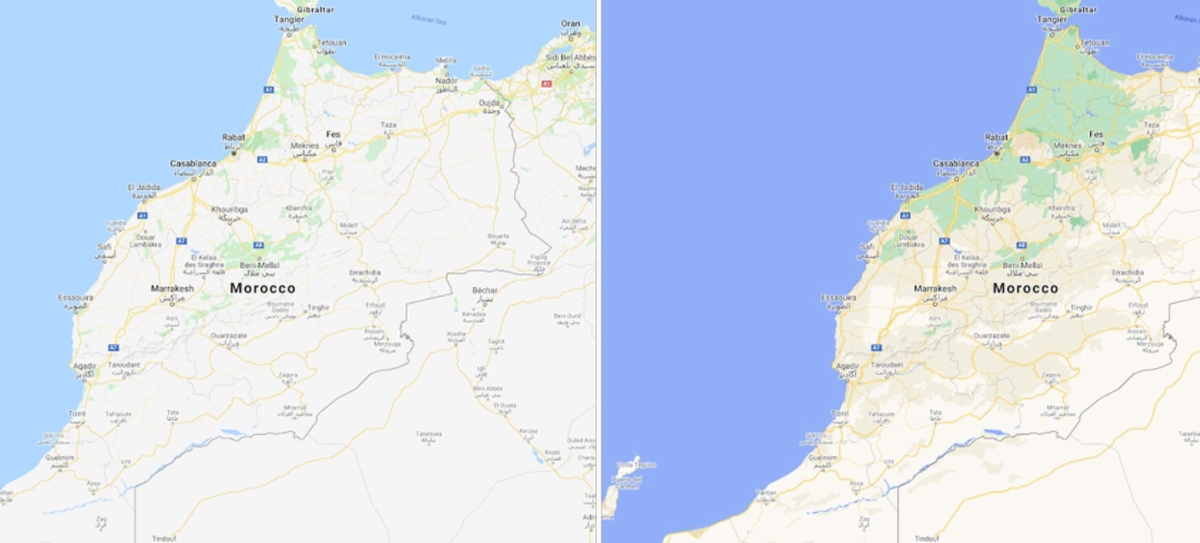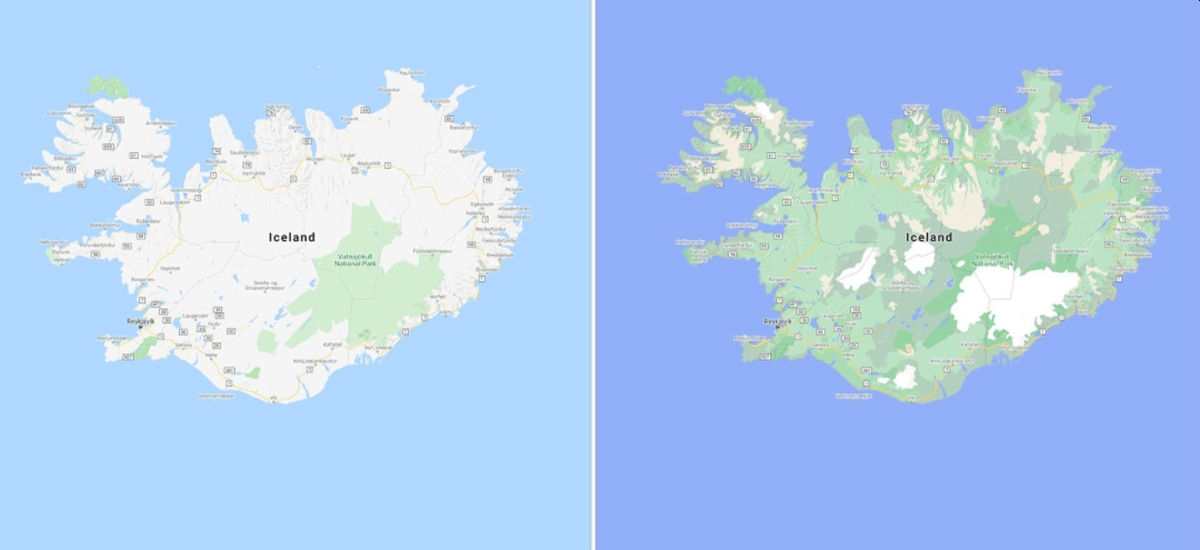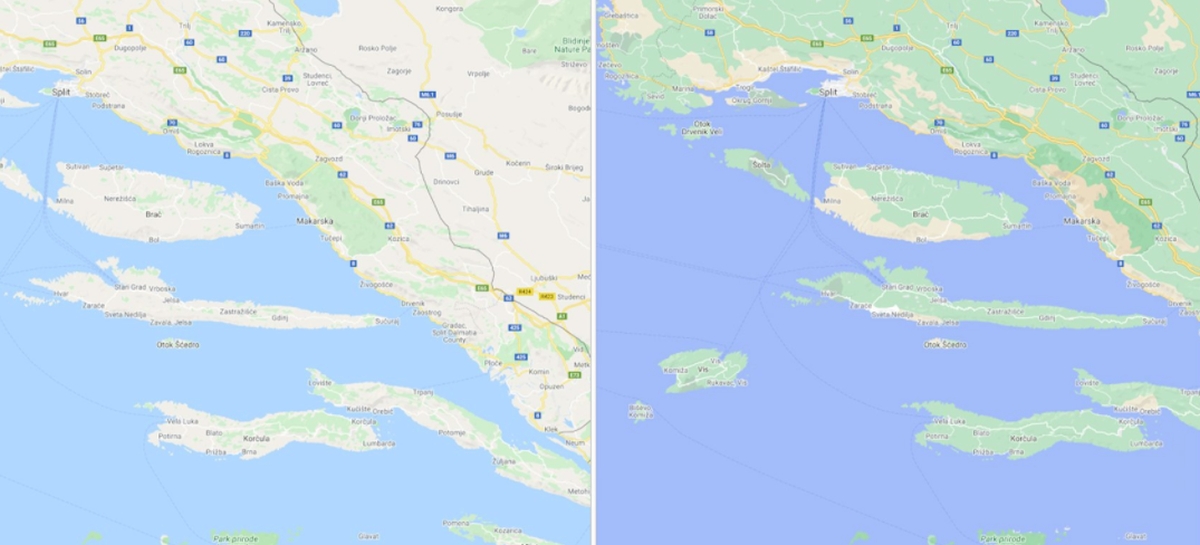Google Maps is one of the most widely-used mobile navigation apps in the world, and a big part of that has been the continued evolution of features over the years. A few months after announcing a slew of new features as part of its 15th birthday (Maps, not Google), a new update is now being rolled out to users all over the world—one that will give users a better idea of an area’s landscape from afar.
The update will improve the visuals of Google Maps by adding detail, granularity, and more colours to the maps. A new colour-mapping algorithm is used to help users tell between natural features like beaches or deserts, and blue lakes, ravines, and of course, oceans. Here is Google’s explanation on the new colour-mapping technique:
“First, we use computer vision to identify natural features from our satellite imagery, looking specifically at arid, icy, forested, and mountainous regions. We then analyse these features and assign them a range of colours on the HSV color model.”
For example, have a look at a couple of side-by-side comparisons before/after the update:
As you can tell, the landscape of a specific area is now marked with a variety of colour shades to indicate the natural features of an area—denser, wooded areas being dark green, and open, grassy areas being light green. Water is blue, of course. To access the view above, all you need to do is to search for a location on Google Maps, and zoom out.
With Google having satellite coverage for over 98 percent of the world’s population, this change will affect Maps in 220 countries and territories—the equivalent of 18 billion football fields, according to the search engine giants. What’s interesting here is the potential of the new feature. Google says that the now-distinct natural features on Maps will help users to get from point a to b safely, too.
Soon, more precise details such as the shape and width of roads and pedestrian walkways will be available—which will come in handy for users who regularly walk to/from work/school. Detailed street maps will only be rolled out in London, New York, and San Francisco in the month ahead, although support in more cities will only arrive “over time”.
For now, the new feature is being rolled out to all markets this week. If you head over to maps.google.com or the mobile Google Maps app, you might already see the new feature in action. What do you think? Let us know what you think in the comments section below.
[ SOURCE ]

